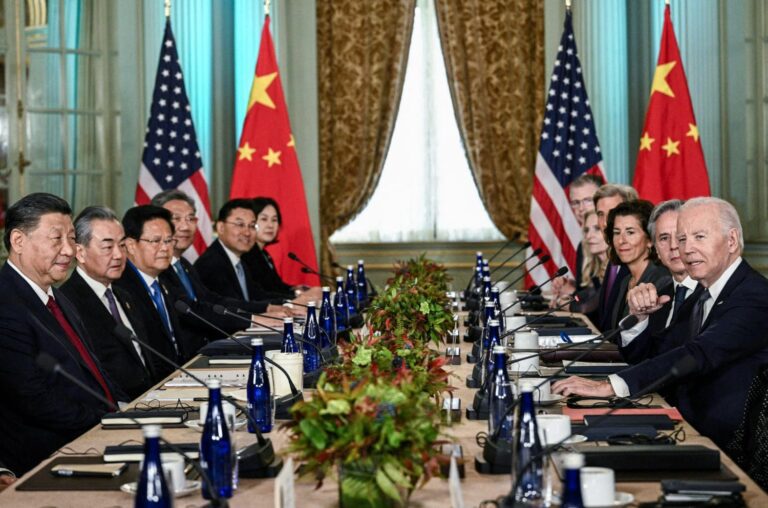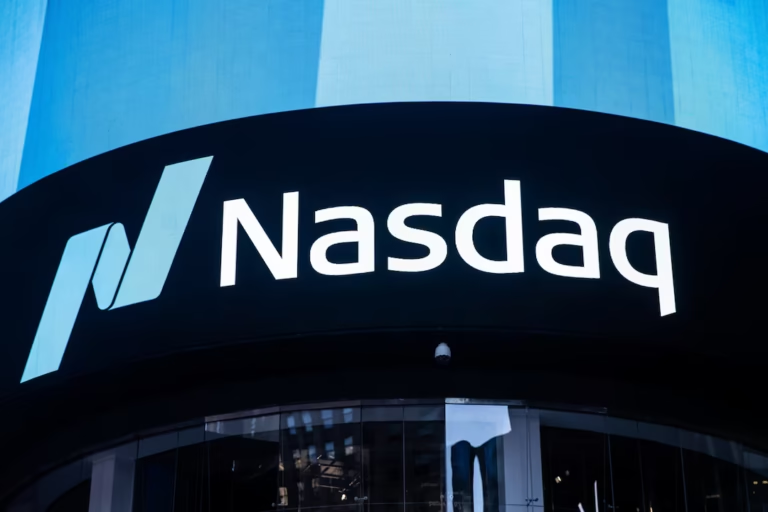Harley-Davidson Could Get a Smooth Ride Into India—Government Mulls Duty Cuts, Eicher Motors Slips 3%

April 23, 2025
In what could be a game-changer for India’s premium bike market, the government is reportedly weighing a move to eliminate steep import duties on Harley-Davidson motorcycles. If the proposal gets the green light, it could pave the way for more affordable big-engine American bikes on Indian roads—much to the discomfort of homegrown heavyweight Royal Enfield.
The news, broken by Reuters, sparked a swift market reaction. Shares of Eicher Motors, the parent company of Royal Enfield, dropped 3% in early Wednesday trading, reflecting investor anxiety over intensified competition in a space Royal Enfield has long ruled.
🏍️ Harley’s Second Ride Into India?
After halting local manufacturing in 2020, Harley-Davidson has maintained a minimal presence through its tie-up with Hero MotoCorp. But now, if the high import tariffs—sometimes as high as 50%—are lifted, the legendary brand could be back in the race with more appealing price tags.
The proposed policy change is believed to be part of broader trade discussions between India and the United States, potentially aiming to sweeten bilateral ties ahead of future economic cooperation.
📉 Royal Enfield’s Stronghold Faces New Pressure
Royal Enfield has long dominated India’s mid-to-premium motorcycle segment. But a price-friendly Harley Davidson could change that, especially in urban markets where aspirational bikers are seeking global brands at competitive prices.
Market experts believe Harley’s comeback—at a lower cost—would disrupt the equilibrium, offering Indian consumers international style and engineering without the steep price barrier.
“Harley’s potential tariff-free entry could spark a fresh wave of competition in the 350cc+ segment, possibly reshaping customer choices,” said a senior analyst at a Delhi-based brokerage.
🔍 The Road Ahead
Nothing is official yet, but the buzz alone has stirred the industry. Whether this move materializes or not, it signals India’s shifting strategy toward foreign automakers, and a willingness to re-balance trade policies to favor global collaboration.





